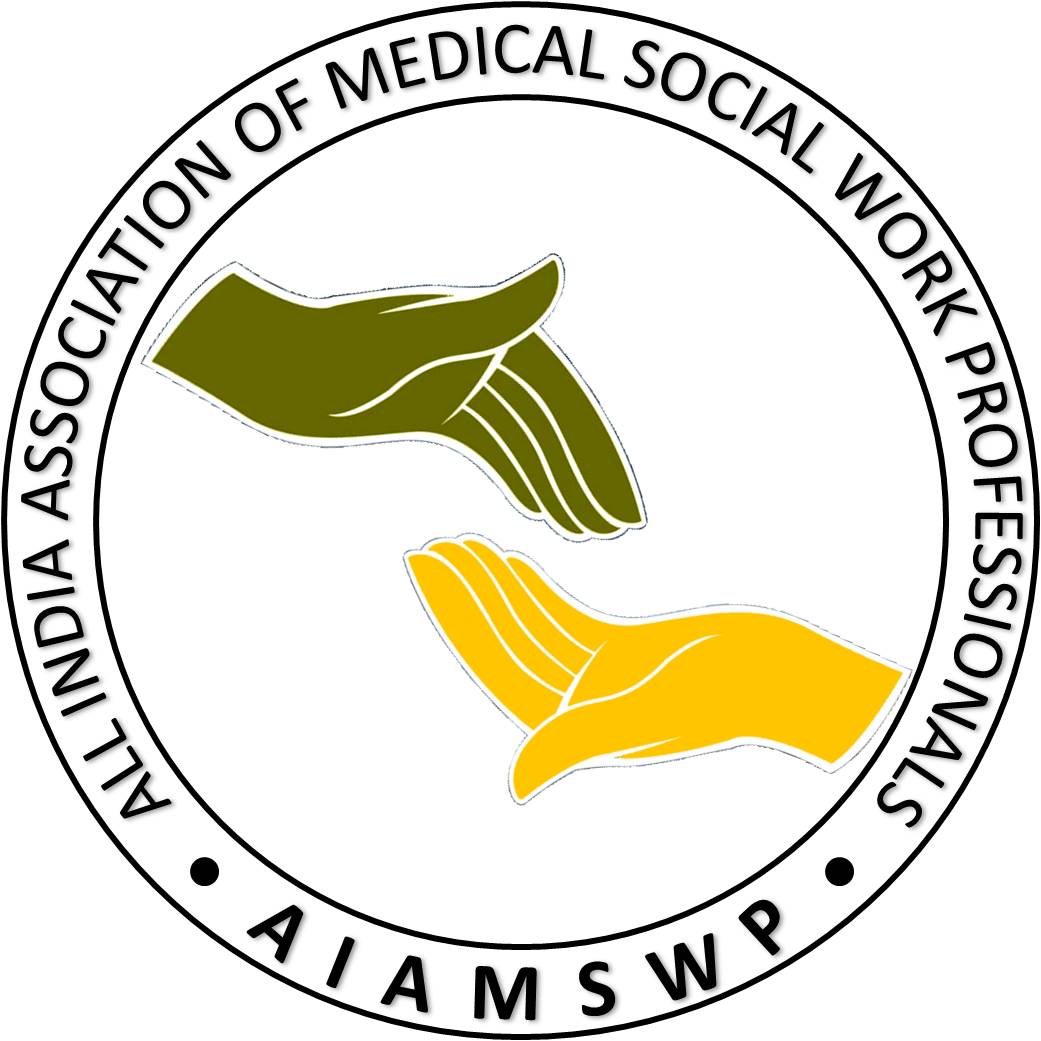Indian Journal of Health Social Work
SOCIAL WORK IN HOSPITAL: HELPING PROFESSION
Pooja Audhya
Psychiatric Social Work Tutor, Department of Psychiatric Social Work, Central Institute of Psychiatry, Kanke, Ranchi, Jharkhand, e-mail id: audhya.pooja@gmail.com
Correspondence: Pooja Tyagi, e-mail id: psy.ptyagi@gmail.com
 Authors: Dr. S.K. Srivastava, Dr. Sangeeta Varshney, Mohammad Shahid, Santosh Kumar Upadhyay, Vivek Kumar Singh, Kanchan Tyagi, Dona Kurian, Pankaj Singh, Akhilesh Kumar Chaurasiya, Ajeet Kumar, Mrs. Shadab Khan, Ms. Shobha Kandpal & Atul Kumar Rai
Authors: Dr. S.K. Srivastava, Dr. Sangeeta Varshney, Mohammad Shahid, Santosh Kumar Upadhyay, Vivek Kumar Singh, Kanchan Tyagi, Dona Kurian, Pankaj Singh, Akhilesh Kumar Chaurasiya, Ajeet Kumar, Mrs. Shadab Khan, Ms. Shobha Kandpal & Atul Kumar Rai
Editor: Pankaj Singh
Publisher: Rapid Book Service, Lucknow
Print Publication Year: 2017
Print ISBN: 9789382462835
Pages: 137
Price: Rs. 195
Social work has been an indispensable part in the arena of healthcare, since the early 20thcentury. Over time, social work’s applicability and ascendancy in healthcare has significantly enlarged. Besides aiding hospitalized patients and their caregivers, social workers render psychosocial interventions to them as well. Pankaj Singh’s edited book, ‘Social Work in Hospital- Helping Profession’, throws light into the Indian perspective of medical social work practice. Mr. Pankaj Singh (MSW, UGC-NET) is a Medical Social Service Officer in the Department of Critical Care Medicine, Sanjay Gandhi Postgraduate Institute of Medical Sciences (SGPGIMS), Lucknow. With more than 18years of experience in a variety of healthcare settings, he has authored/edited two books and presented several papers at various national conferences.
The book, consisting of 14 chapters, can be rightly said to provide a coup d’œil into the world of medical social work practice in India in the various specialties of a hospital setup. The volume opens with a brief introduction about the contributors and moves on to providing a synopsis of the contents of the following chapters.
Chapter 1 throws light on the origin and definition of Hospitals and the profession of Medical Social Work. It also elaborates about the roles and responsibilities of a social worker in relation to the patient, their family members and the hospital.
Chapters 2-13 discusses the different units generally present in a multispecialty hospital setup namely Cardiology, Emergency, Community Medicine, Haematology, Paediatrics, Trauma Centre, Nephrology, STDs/STI unit, HIV/AIDS, Tuberculosis Centre, Obstetrics and Gynaecology and Blood Bank. Each chapter provides a brief introduction to the unit it is dealing with, emphasizing on the illness /diseases, the psycho-social impacts of the same as faced by the patients and their caregivers, the expectations and challenges that a health worker faces while working with them, the role and importance of a medical social worker in such a setup and how to develop a holistic intervention plan that would not only help the patients and their families in comprehending and dealing with the physical illness, but also to tackle the other prominent areas such as finance, legal aid, stigma, etc that causes hindrances towards the complete recovery of the patient. Apart from these, some of the chapters provide a list of the important dates that would be of special importance for scholars working in this field.
Most of the chapters discuss about the avenues of proper training and research in the field of social sciences to promote more evidence based practices. Examples of real life situations in the form of case summaries are laid down in the publication as well, for a better understanding of the possible interventions that could be formulated and executed by the Medical Social Worker in a hospital setup.
The final chapter deals with the intervention of Social Work in Patient Welfare Unit. Here, in addition to the discussion on the genesis of Social Work practice, the contributor also focuses on the required skill set of the professional to aid in the patient’s complete rehabilitation. He further explains the functioning of the Patient Welfare unit and how it facilitates the treatment of the patient in the hospital. This chapter also briefly highlights the clinical, academic and administrative roles of the medical social worker. Additionally, there is a table containing details of a few important schemes for patients belonging to the low socio-economic strata of the Indian subcontinent.
Though Social Work as a profession has been in existence for a long time, most of the literature speaking of its scope and functioning comes from foreign authors. This book thus is a welcome edition which not only focuses on social work as a whole; it further brings to light the functions of social workers in a specialized unit, namely the medical setting. This book can be helpful to those new to this field and who are pursuing BSW/MSW in Indian universities. It can also come in handy to scholars who want a quick peek into the subject of medical social work in a nutshell.


